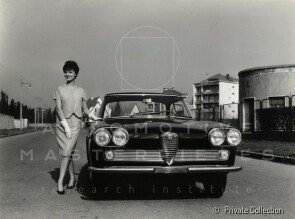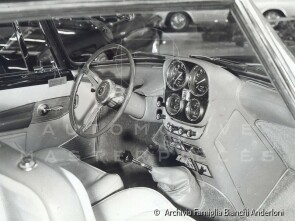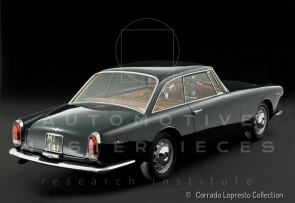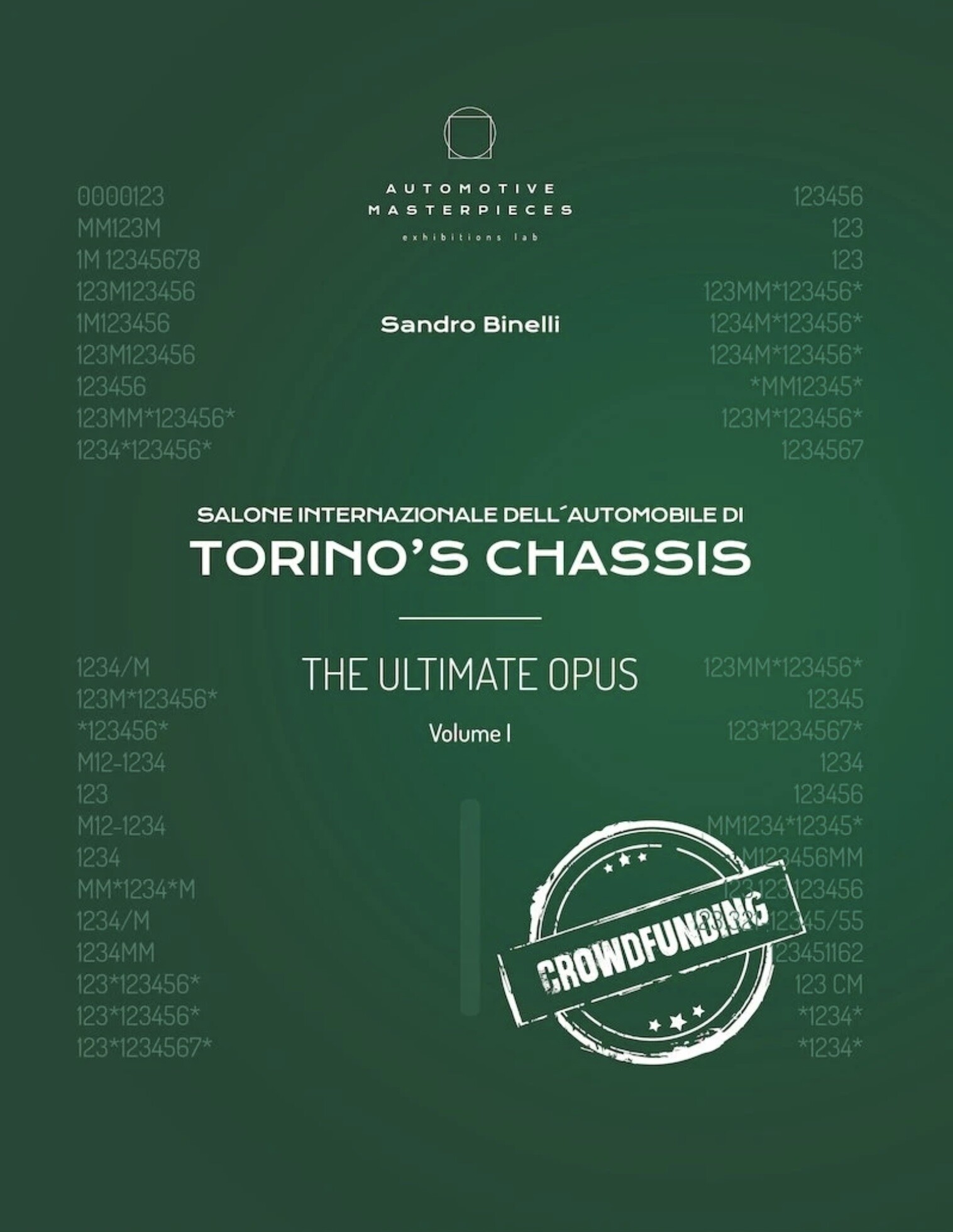
1960 Alfa Romeo 2000 Sprint Praho
ON/OFF
Why am I an Automotive Masterpiece?
The Alfa Romeo 2000s are a series of cars produced by Alfa Romeo from 1957 to 1962. The 2000 range includes the 2000 sedan, designed and built directly in the Portello factory in Milan, the 2000 Spider and, since 1960, the 2000 Sprint, with bodies designed and produced by Touring and Bertone respectively. Created to replace the 1900 Super, the latest version of the revolutionary 1900, from which it inherited the mechanical parts practically unchanged, the new 2000 sedan (internal code 102) was presented to the public during the Salone dell’Automobile in Torino in 1957, while the deliveries begin in June of the following year. If mechanically the 2000 sedan does not undergo substantial changes compared to the 1900 Super, except for the lengthened wheelbase to 2720 mm, the bodywork is completely new and reflects the new comfortable setting of the car, more devoted to comfort than to sportiness. Even the name distances itself from its progenitor because it "goes up" from 1900 to 2000 without any actual change in displacement. The new 2000 series, consisting of sedan and spider, lacks the coupé version, the car body that best suits an Alfa Romeo. At the beginning, the "old" 1900C SS "Giuliettona", launched the year before, continued to be produced, but the best Italian coachbuilders were encouraged to practice on the chassis of the new Alfa Romeo, also made available because the wealthiest customers still accustomed to cars produced "to measure", they could "dress" according to their tastes. Until 1960 several proposals arrived from Pinin Farina, with the 2000 Coupé Sestriere, from Vignale, with a coupé designed by Michelotti, and finally by Bertone, with two models, a two-door version of the standard sedan and the elegant coupé Sole, but none of these are accepted. So in 1960 it was decided to produce a new Sprint chassis with a 2580 mm wheelbase, intermediate to that of the sedan and spider, equipped with the same 115 HP engine as the spider. The first car proposed on this chassis is the 2000 Sprint Praho, a luxurious coupé built by Carrozzeria Touring in 1960. The Praho remained a prototype also because at the same time the 2000 Sprint was presented, designed by Giorgetto Giugiaro for the Bertone bodywork on the same chassis. This model was judged very positively by the Alfa Romeo management and immediately put into production thanks above all to the design of the front, characterized by an absolute novelty.
Presented at the 1960 Salone dell’Automobile in Torino, the "Praho" is a prototype of a luxury coupe, created on the very first 2000 Sprint chassis (Tipo 102.05); it is probably set up as the most luxurious hypothesis to the Bertone coupé, which was born in '61 and was produced in series. However, the car remains at the prototype stage, remaining a unique specimen which after the show is kept in the Touring warehouses even after the latter has ceased activity. In 1967 it was sold to the Minetti dealership in Milan, but found no buyer, and remained there for forty years, until it passed to a Singapore collector. The Praho returned to Italy in 2010, and after a slight restoration it returned to its original dark green color, which over time had been replaced by a light gray paint. The name of this car “Praho” originates from the particular concave shape of the rear window, which is inspired by the Malaysian ships of the same name, of which the engineer Bianchi Anderloni had found images in a book. This solution allows for better aerodynamic efficiency, at the same time as a greater brightness of the passenger compartment. The dashboard presents all the instruments gathered in a single central dashboard, a cutting-edge solution clearly inspired by aeronautics.





